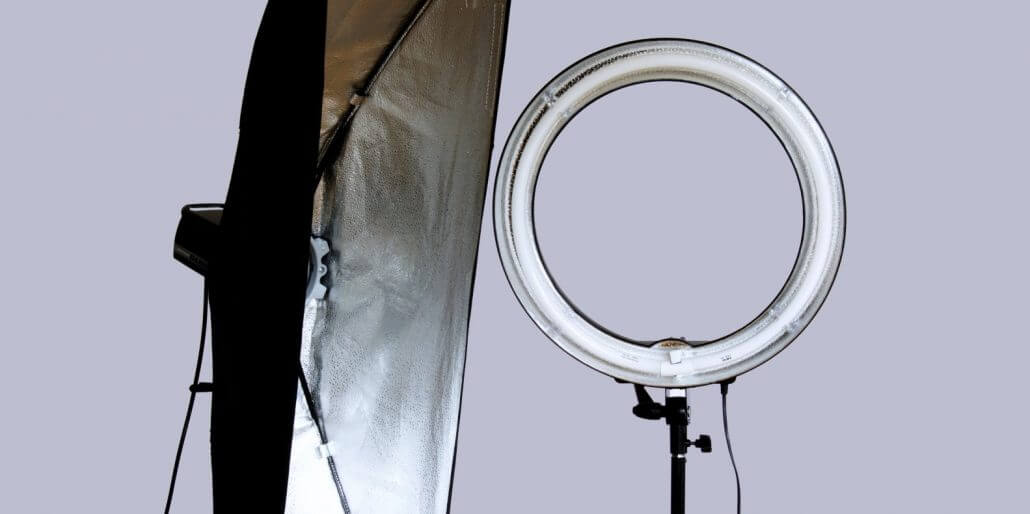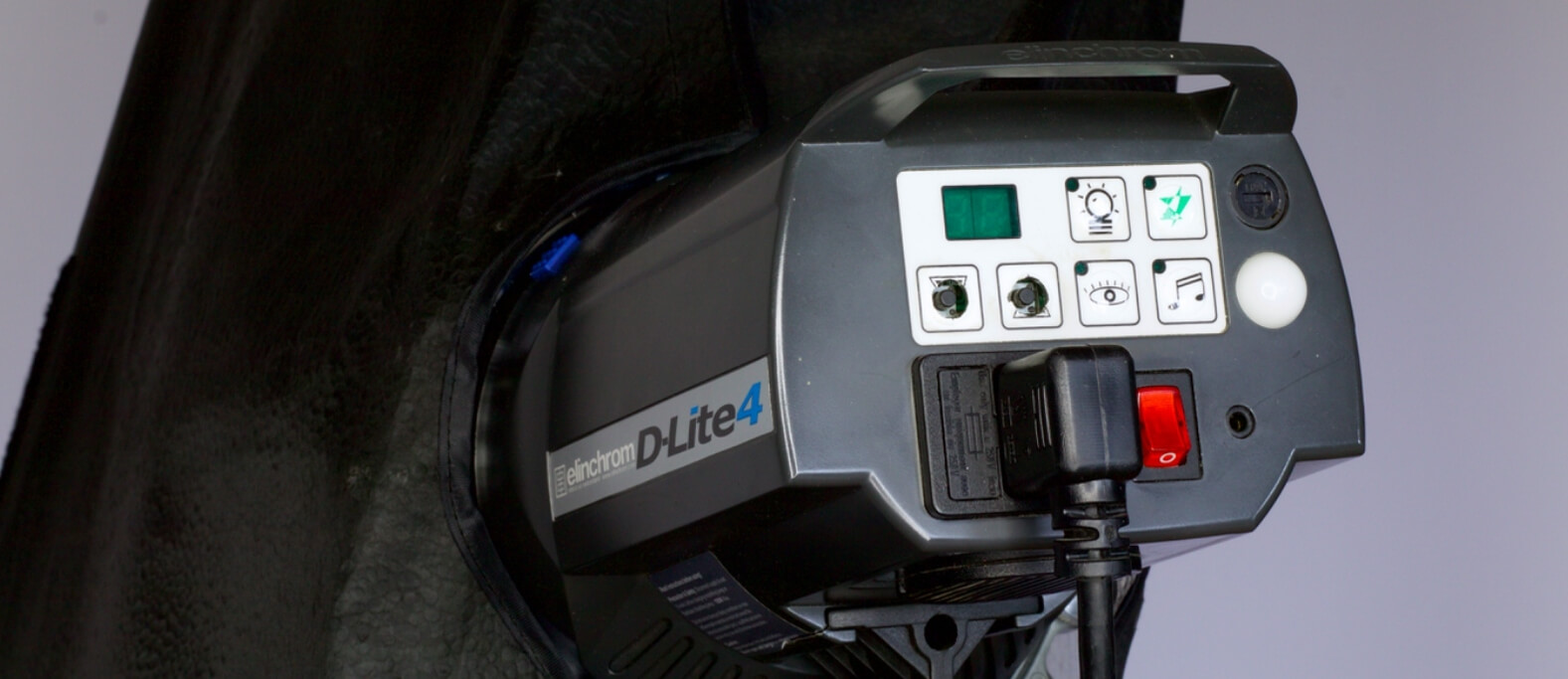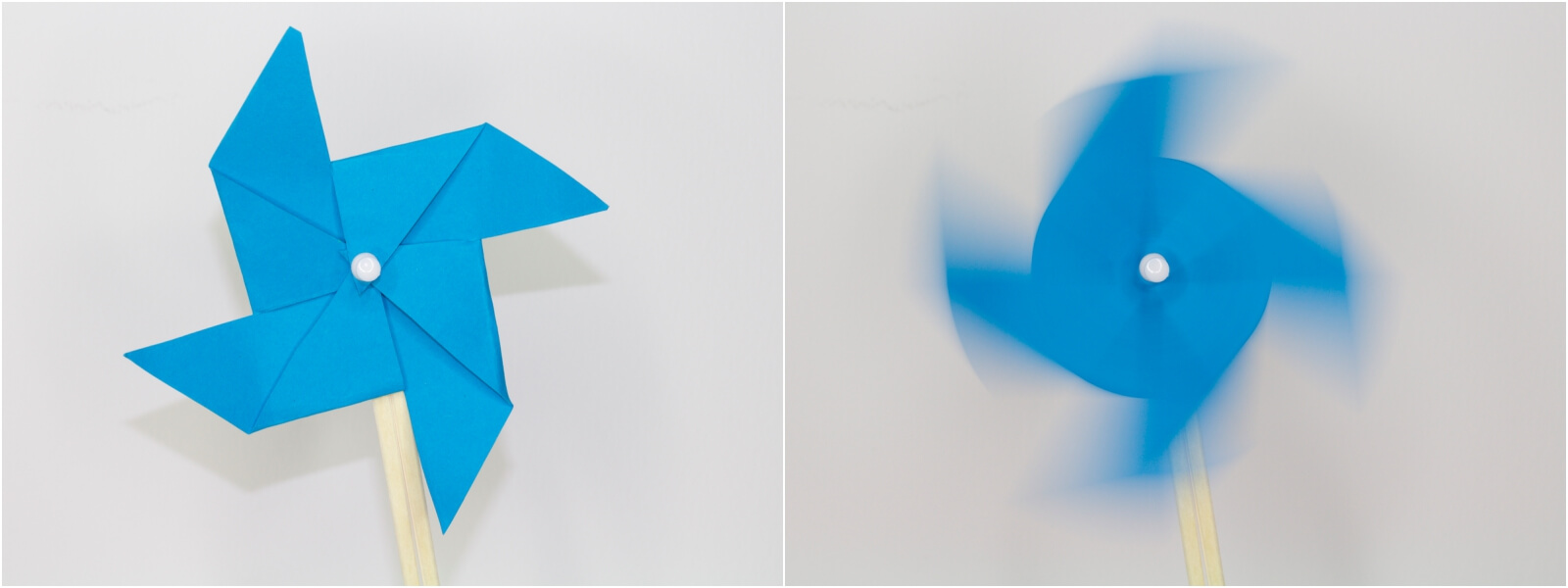
Comparing Continuous Light with Flash
Continuous light and flash are light sources that are well established in studio photography. However, both have their strengths and weaknesses. This article will compare these two light sources in different situations.
Performance of Continuous Light and Flash
Modern lights such as halogen, HMI or LED can exceed the value of daylight (approximately 5777 Kelvin). However, a flash can provide much more light than continuous lights. This allows the use of low ISO sensitivity even with a high f-number. Working with high f-stops can be challenging with continuous lighting as a great deal of light is needed.
In addition, a high depth of field can be achieved with a flash even using short exposure times. This is great for shooting group shots, for example. The exposure time is determined by the flash and cannot be changed using the settings on the camera. Depending on the power of the flash, these exposure times can range from 1/350 s up to 1/12000 s.
Using a powerful flash can become problematic, especially when working with an open aperture, as the light is often too powerful and there is a risk of overexposure. Some units have adjustable output intensity, but these settings are usually limited and are only on the more expensive flashes.
Light Output and Reproducibility
A flash offers a more consistent source of light than a continuous light. This allows the photographer to reproduce the same results as the colour temperature, light output and characteristics of the light are the same each time.
In contrast, if a continuous light is dimmed, the light becomes darker and warmer and this will change the effect of the shot.
Consequently, photographs are best reproduced with the help of a flash because the lighting conditions remain constant or can be recreated.
Estimating the Effect of Light
Beginners often find it difficult to estimate the effect of light and to predict how the shadows will fall. Using continuous lighting is much easier to practice and learn how light will fall on a subject and the photographer can adjust the lighting in real time.
When using a flash unit, the effect of the light and shadows only becomes apparent after the shot has been taken. Although there is a modelling light to help with the assessment of the lighting effect, this aid is not one hundred percent reliable.

Controllability of Exposure
As already mentioned, continuous lighting can be dimmed. This can be done by switching several light tubes on or off, which reduces the light in step rather than a more precise adjustment. The light changes must be compensated by the camera settings, which are unaffected when using a flash.
The flash can be controlled much more precisely in terms of exposure, as it has a control range. Depending on the model this control range extends over five f-stops or more. Due to the high output of the flash it is essential to be able to adjust it, as in most cases the maximum output is not needed.
Freezing Motion and Creating Motion Blur
Normally, fast shutter speeds are used to capture motion. These fast shutter speeds are also used when shooting with continuous lights. It is different when using the flash as the firing time (the length of the flash) determines whether the shot is sharp or blurred. The shorter the firing time, the easier it is to freeze very fast movements. For motion photography higher quality units with firing times of up to 1/12000 s are best. These can deliver their full power despite the short burn time so that movements can be captured with a low ISO value.
When taking pictures of moving subjects or objects, you may want a small amount of blur for effect. This is achieved by longer exposure times which makes the continuous light more suitable than a flash.

Use of Light Shapers
Light shapers can also be used with flash units and continuous lights. These are tools such as reflectors, softboxes, reflective and transmitted light umbrellas, surface reflectors and honeycomb filters that give the additional light a certain characteristic.
There are many light shapers that can be used with flashes. This is partly due to the low heat generation of a flash unit. When using continuous light fixtures, there is often more heat generated, which limits the use of light shapers. This is true of the cheaper units. High-quality continuous lights, on the other hand, are even equipped with a bayonet for attaching light shapers.
Video Recordings
Flash units are not suitable for video recordings, therefore only continuous lighting can be used.
Conclusion: Continuous Light Versus Flash
A flash offers a more powerful performance with which high depths of field can be achieved and movements can be frozen.
For shots with an open aperture or motion blur, continuous lighting offers more advantages. In addition, it is easy to use especially for beginners as the lighting effect can be assessed immediately without any test shots.
In terms of price the continuous light lamp is often cheaper than a flash such as a construction spotlight. The heat generated by cheaper devices should not be underestimated and therefore you need to be careful when using them as they can get quite hot.
